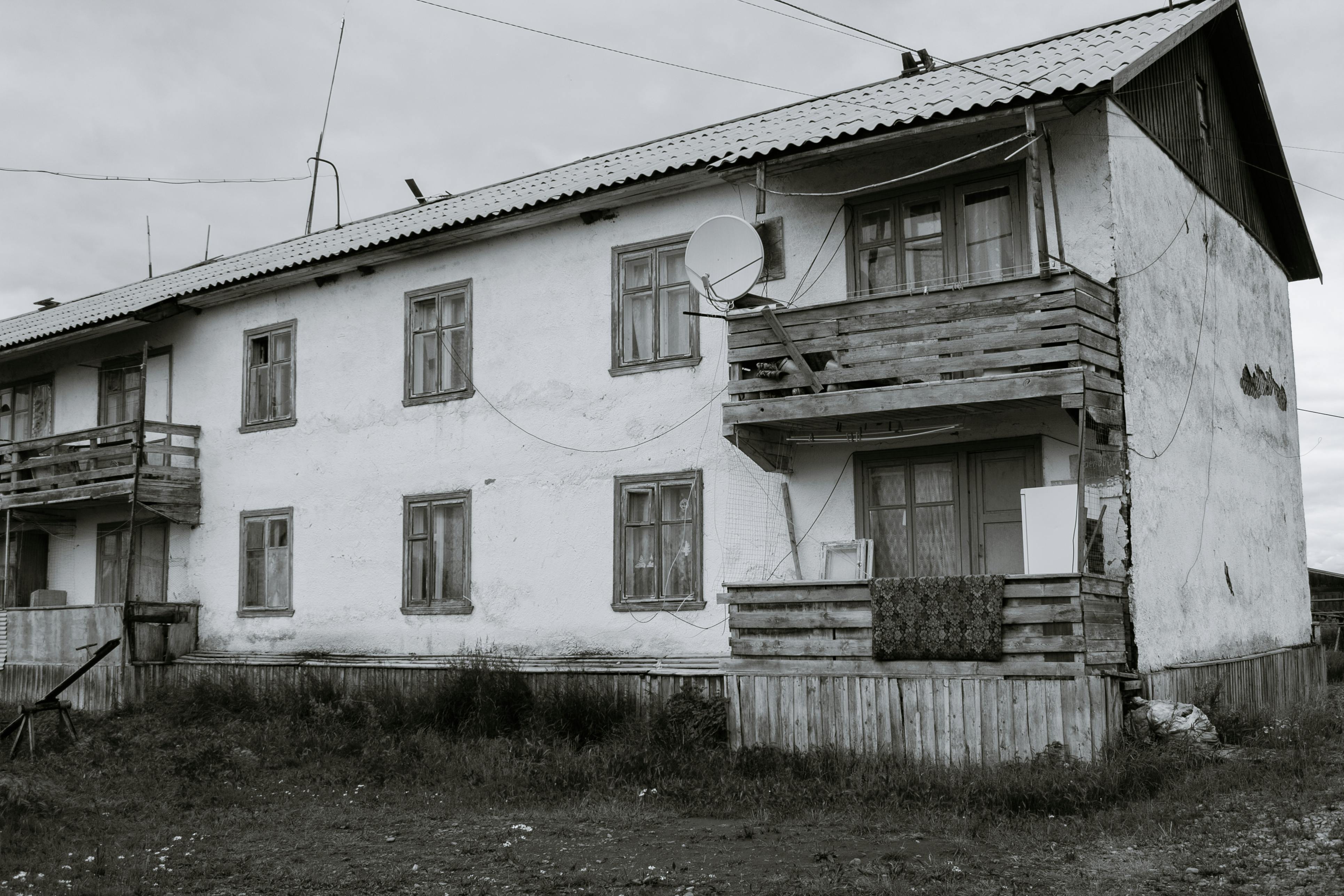Windsor, Connecticut holds the legacy of America’s deadliest serial killer, Amy Archer. Between 1908 and 1916, Archer murdered at least 22 people. True Crime author M. William Phelps recounts Archer’s life and crimes in The Devil’s Guest House: The True Story of America’s Deadliest Female Serial Killer.
Amy and James Archer opened the Archer Home for the chronically elderly and disabled in 1907. Pioneers in Connecticut’s home health care field, they offered “$ 1,000 lifetime care” or weekly rates between $ 7 and $ 25 for food, shelter and medical services. careful. Back then, patients in nursing homes, institutions, and similar facilities were often called “inmates.”
Archer walked the city as a Bible-bearing Christian, reinforcing the community’s admiration for her vocation as a caregiver. The townspeople called her “Sister Amy.” The truth was, Archer had no interest in religion and, as time would tell, had no formal training as a nurse. Archer Home inmates were dying at an unprecedented rate. James, Archer’s husband, mysteriously passed away in February 1910. Most of Archer’s victims succumbed to a deadly elixir of freshly squeezed lemons, warm water, a touch of sugar to release bitterness and arsenic. Archer killed residents to create faster bed turnover to increase income and help their chronic debt problems. The bodies were removed overnight and quickly embalmed to avoid an investigation.
Michael Gilligan, a respected citizen and twenty years older than Archer, fell in love with her; and soon they were married. He too died prematurely; allowing Amy to quickly file a claim in Probate Court for her assets.
Carlan Hollister Goslee, was a twenty-two-year-old freelance reporter for the local newspaper. Clifton Sherman, editor of the newspaper, knew that Goslee’s story was important. He displayed the utmost professionalism, refraining from publishing the exhibition ‘until undeniable evidence was discovered, which took years.
May 8, 1916 brought Archer’s arrest at his home. By now, “Sister Amy” had become the “Witch of Windsor”. His trial began in June 1917; and Archer did not take the stand. The men’s jury (women did not begin serving on jury until later that year) convicted her of first-degree murder. She was sentenced to hang in a Connecticut state prison; only for the governor to commute his fate. A second trial found Archer using the insanity statement. Another twist that was not present in the original proceedings allowed Archer institutionalization for life vs. execution.
Phelps details not only Archer’s history, but also the concurrent events that shaped New England’s history. The region experienced an unprecedented heat wave during the first two weeks of July 1911. To avoid the pain, residents slept outside on their mattresses, businesses closed, and people drowned. An estimated 2,000 deaths were attributed to the crisis. Reading Phelps’s account of the heat wave makes you appreciate today’s ubiquitous air conditioning; which was not common in the United States until after World War II. Imagine also the additional discomfort Archer’s inmates must have experienced on top of the unsatisfactory care.
Sixteen pages of black and white photographs complement Phelps’s narrative. They represent key characters, including Archer, the general store where the arsenic was purchased, and Archer’s possible hanging room.
In 1941, the playwright Joseph Kesselring made his debut Arsenic and old lace on Broadway; which was based on the Archer story. His literary genius created a comic account of a historical tragedy. Reading Phelps’s conclusion where he recounts the 66 “reported” deaths of Archer Home; you realize that Archer’s actions were no laughing matter. It is a powerful image to see his murderous trail on paper.
In March 1962, Archer died at a Connecticut state institution where he had lived for nearly 40 years. Interestingly, the local newspaper published his obituary on page 6, almost as an afterthought.
Phelps has written several books on serial killers and 8 books on female killers. He admits that some details of the Archer case were lost over time. Still, his nearly six years of exhaustive research reward him with a compelling account of America’s deadliest serial killer.



